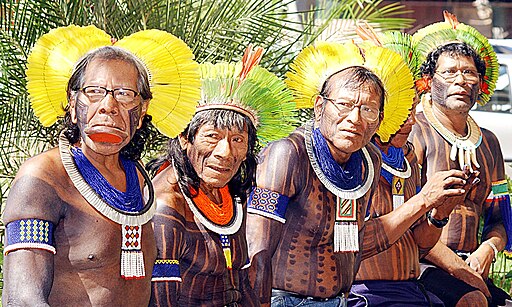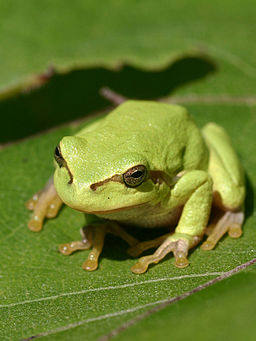THE HOT DESERTS ---- ANIMALS
Desert animals need to keep their bodies as cool and moist as possible.
Many only come out at night when the desert cools down
and have special features and types of behaviour to help them live more
easily in the hot, dry desert conditions during the day:
There are two types of camel - a dromedary has one hump on its back and a bactrian camel has two humps. They:
|



















































